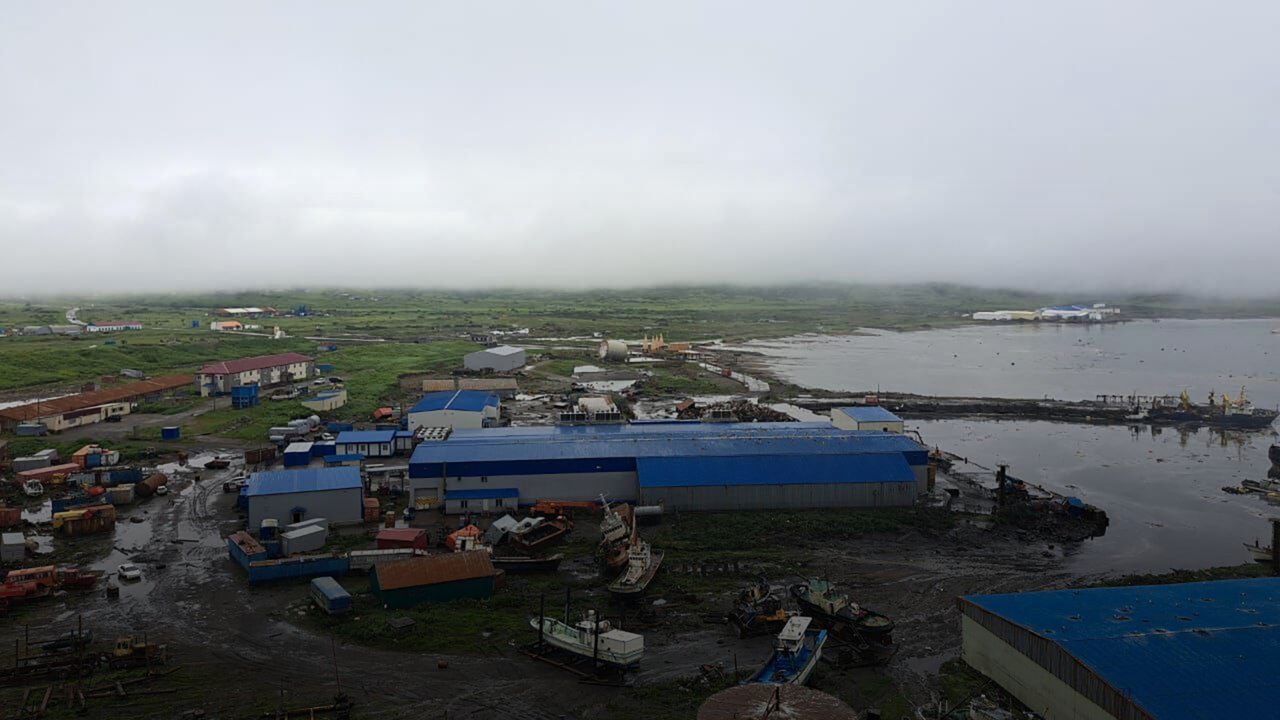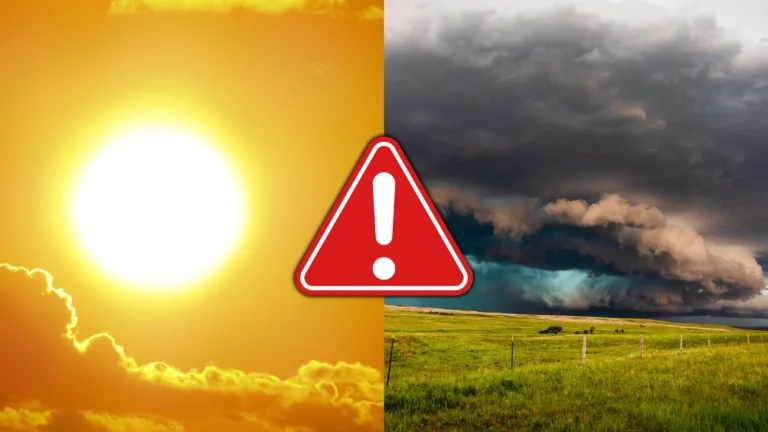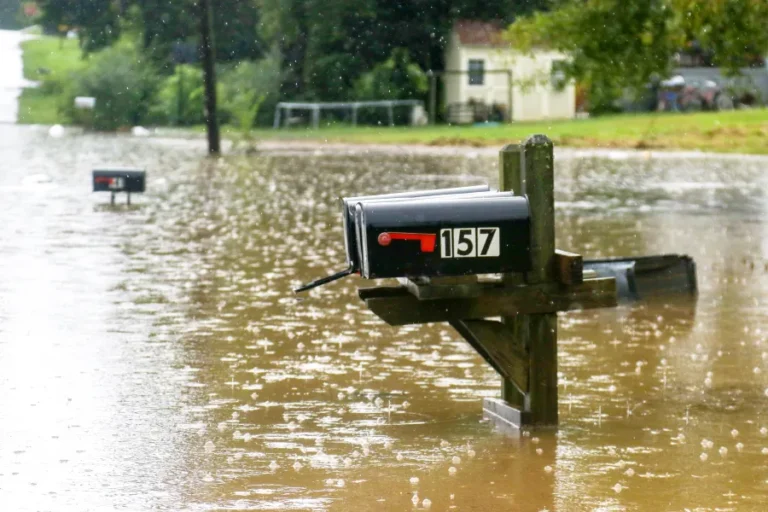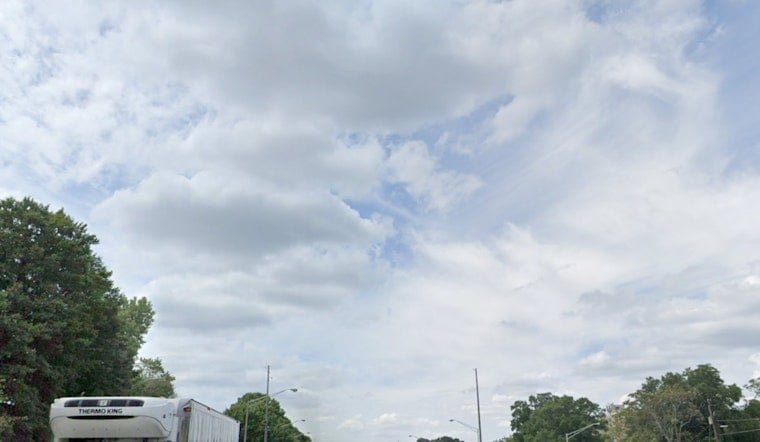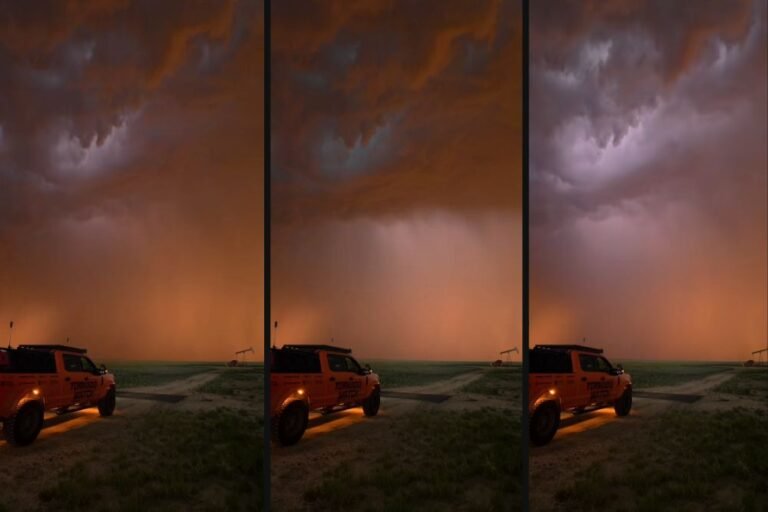Tsunami Warnings Downgraded Across Pacific After Massive Russian Quake
A powerful earthquake off Russia’s Kamchatka Peninsula triggered tsunami evacuations in South America and caused brief panic in Hawaii and Japan — but the worst now appears to have passed for the U.S., officials said Wednesday.
The 8.8 magnitude quake, one of the strongest ever recorded, struck a sparsely populated area in the Pacific’s “Ring of Fire” early Wednesday. It initially sparked massive tsunami fears across coastal regions, but as waves reached shorelines, the actual impact was far less severe than feared.
Massive Quake Rattles Pacific
The earthquake occurred roughly 75 miles off the coast of Petropavlovsk-Kamchatsky, Russia, triggering multiple aftershocks as strong as magnitude 6.9. Tsunami waves up to 20 feet were recorded near populated parts of the peninsula, according to Russia’s Oceanology Institute.
In the aftermath, lava flows were also observed from the Kamchatka region’s massive volcano system, further highlighting the seismic intensity of the region.
Evacuations and Panic From Japan to Hawaii
In Japan, where memories of the devastating 2011 quake and tsunami remain vivid, residents scrambled to evacuation centers and rooftops. One woman tragically died after her vehicle veered off a cliff while she fled. Heat-related illnesses were also reported due to sweltering conditions during evacuations.
Tourists in Hawaii were jolted awake and forced out of beachfront hotels. “We’ve got water, we got some snacks … we’re going to stay elevated,” said Jimmy Markowski, who fled with his family from a Waikiki resort, as reported by Queen City News.
Traffic in Honolulu came to a standstill, and evacuation orders were temporarily issued for the Big Island and Oahu before being lifted. Still, officials urged residents to avoid beaches and water due to unpredictable currents.
US and South American Coastlines on Alert
Tsunami advisories were issued for Hawaii, Alaska, Oregon, and Washington, but have since been canceled. However, northern California remained under warning for longer, with waves measuring up to 3.6 feet in Crescent City, a location historically vulnerable to tsunamis.
In South America, governments in Colombia, Ecuador, and Peru rescinded evacuation orders, citing no further risk. Chile, however, maintained alerts across much of its coastline, even after waves of 8.2 feet were measured in some areas. Schools were closed and evacuation protocols remained active.
No Major US Damage — But the Threat Was Real
Despite fears, the U.S. mainland saw no major damage, though experts cautioned against underestimating the risk. “Three feet of water can easily inundate inland and flood a couple blocks,” said Diego Melgar, director of the Cascadia Region Earthquake Science Center at the University of Oregon.
Tsunami waves are deceptively dangerous because of their mass and speed — not just height — and authorities were careful in downgrading alerts. “It’s kind of hard to predict,” added Dave Snider of the National Tsunami Warning Center.
Japan’s Nuclear Plants Unaffected
Japan reported no abnormalities at nuclear facilities, including the Fukushima Daiichi plant, which was severely damaged in the 2011 tsunami. Workers at the site sought higher ground as a precaution and continued remote monitoring.
Still, Japan maintained a tsunami advisory for coastal areas and emphasized the importance of remaining vigilant even after initial waves subside.
Have you or your family ever experienced a tsunami alert or evacuation? Share your story or thoughts in the comments on SaludaStandard-Sentinel.com.

